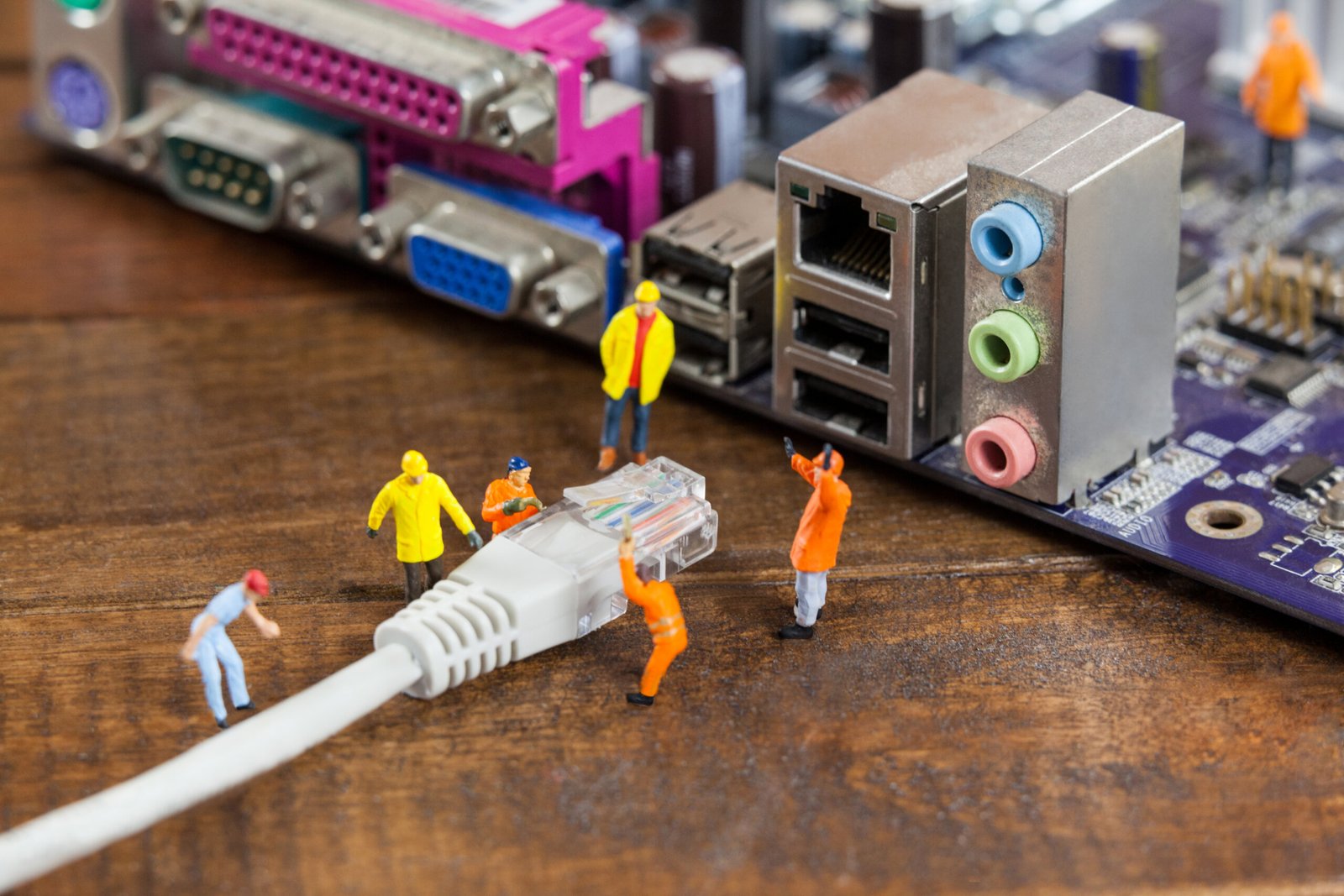
Have you given any thought to how the internet really works when you use it? When you access the web to stream video, play video games, or send a message, a lot is happening behind the scenes since it is not just your home Wi-Fi or mobile data that is working. A large system is helping to connect people around the world. And a significant part of that system is a network service provider (NSP).
A network service provider (NSP) is an organization that builds and operates the backbone of the internet, which you typically don’t see. They sell access to their internet connection to other companies, including internet service providers (ISPs). ISPs are the companies that provide internet access to homes, schools, and businesses. Some NSPs also offer the internet directly to customers, so they may also function as ISPs.
NSPs are sometimes called backbone providers because they build and take care of the “backbone” of the Internet. This backbone is made of fiber optic cables and powerful computers called core routers. These tools help move huge amounts of data across the world quickly and safely.
How NSPs Keep the Internet Running
NSPs establish connections with each other and smaller ISPs at points known as Internet exchange points, or peering points. Think of these locations as large highways for the Internet, where data can change highways and continue toward its destination. When an ISP sends data to an NSP, the NSP ensures that it goes the correct route so you can access websites, stream videos, or send emails.
While the names of many of these companies are pretty much unknown to everyday people, NSPs play a crucial role in giving the Internet its functionality. Without NSPs, there would be no apps, websites, or even a simple message.
NSPs also help other companies, like mobile phone networks and virtual network operators (companies that rent network services instead of building their own). All of these businesses rely on the strong, fast internet connections that NSPs provide.
Examples of Service Provider Network
Different parts of the world usually have just a few NSPs. Some areas may only have one. Here are some well-known NSPs from around the world:
- AT&T
- CenturyLink
- China Telecom
- Cogent
- Deutsche Telekom
- NTT
- Orange
- Sprint
- Tata
- Verizon Business
These companies are in charge of huge networks that connect cities, countries, and even continents.
How Network Service Providers Work
We’ll make it as simple as possible. For example, let’s say you want to visit a website using your phone or computer. Here’s what happens:
- Your Internet Service Provider (ISP) (like Comcast, Spectrum, or a company in your area) sends the request from your computer to the internet.
- Your ISP is connected to a Network Service Provider (NSP), which takes the request from your ISP and passes it through their network.
- The NSP then sends the request from you to the website’s server, which sends your data (like a video or image back) through the same path from the NSP, to your ISP, and to you.
ISPs buy bandwidth (which means internet speed and space) from NSPs. This allows ISPs to provide internet service to you! NSPs do not typically deal with customers directly; they go through ISPs. After NSPs sell bandwidth to ISPs, ISPs handle customer service, marketing, and installation.
Once in a while, NSPs provide additional services to ISPs, such as cloud storage, web hosting, or email service. Then ISPs can sell these services to you under their name. This is called white labeling. White label means that the service is from the NSP but to the customer the service is from the ISP.
NSPs have to work hard to keep their networks running. They fix problems, upgrade their equipment, and make sure there’s enough speed for all the data traveling through their systems. Without them, the internet wouldn’t work the way it does today.
Conclusion
Although you may not know much about them, network service providers, or NSPs, are critical to the functioning of the Internet. NSPs build and operate strong, high-speed networks that enable connectivity across the world. NSPs enable Internet Service Providers, phone companies, and countless other businesses to provide Internet access to millions of people. Every time you use the internet, you are using an NSP without knowing it.
So, next time you load a video or send a message, remember—it’s not just your Wi-Fi or mobile data making it happen. There’s a massive system of cables, computers, and companies working together, and NSPs are at the heart of it all.
Frequently Asked Questions (FAQs)
What does a network service provider (NSP) do?
NSPs build and manage the internet’s main infrastructure and sell access to ISPs.
How is an NSP different from an ISP?
NSPs provide large-scale internet access (and services) to ISPs, while ISPs provide end-users with data directly to homes or businesses.
Do NSPs provide the internet to individuals?
Generally, no, but a few NSPs also function as ISPs to consumers.
Why are NSPs important?
NSPs build and maintain the backbone of the internet and help to ensure that the movement of data globally is not only quick but also reliable.
Can ISPs operate without NSPs?
No. ISPs exist because of NSPs connecting their customers to the broader internet.







0 Comments